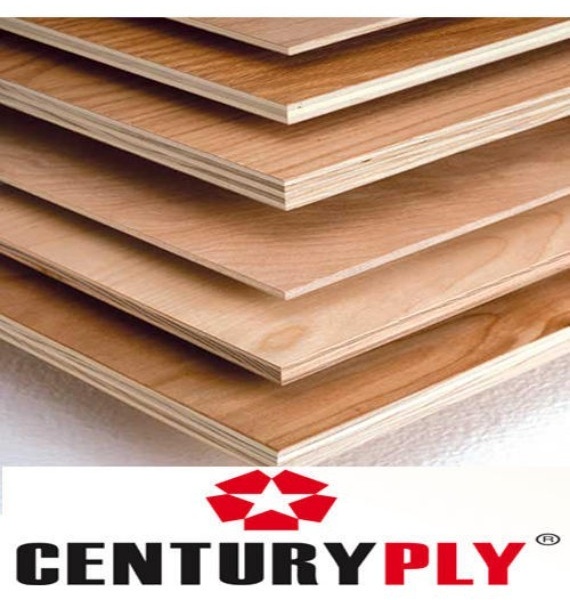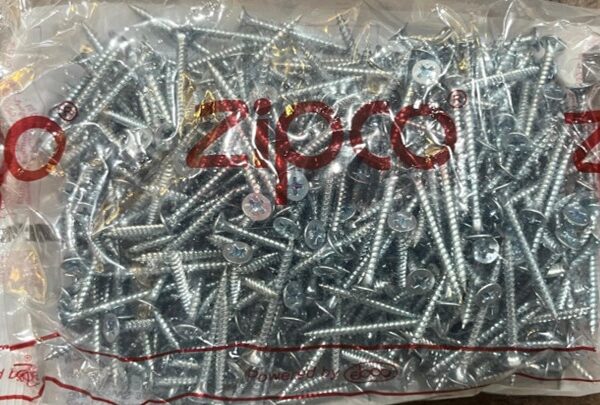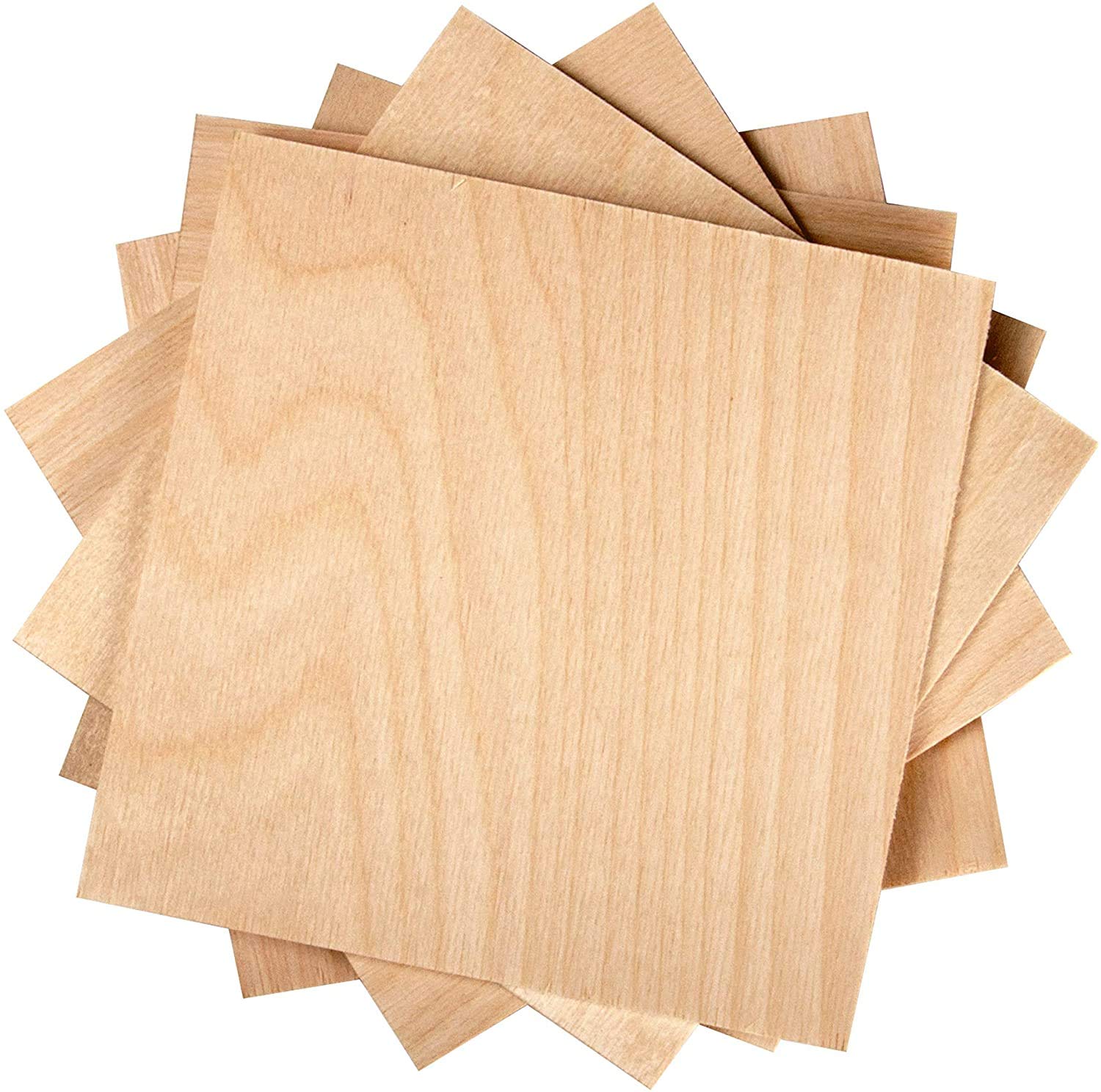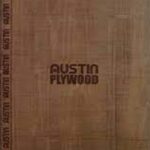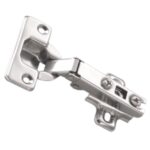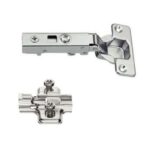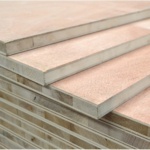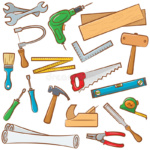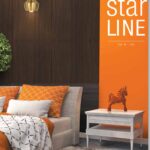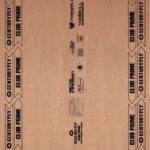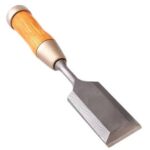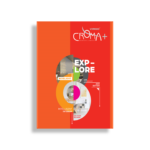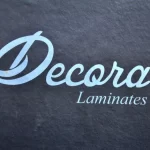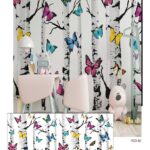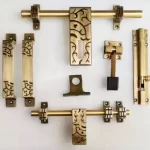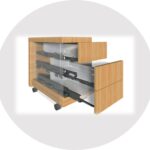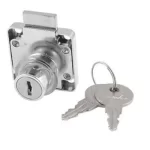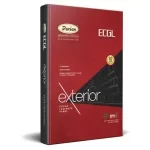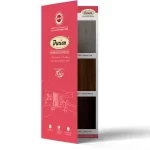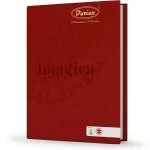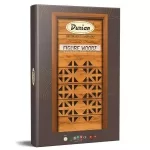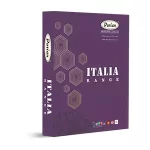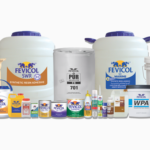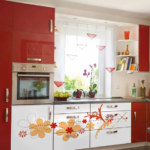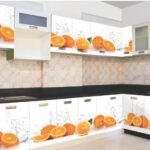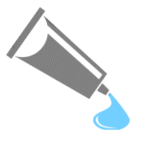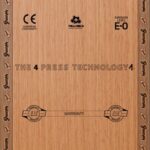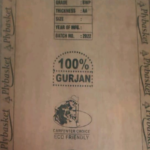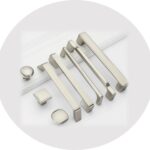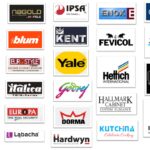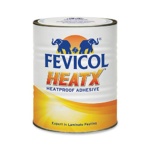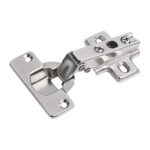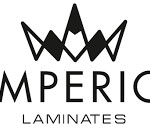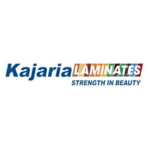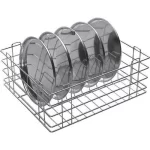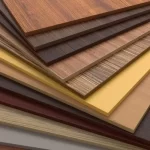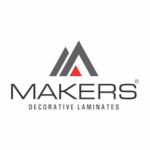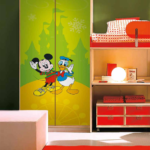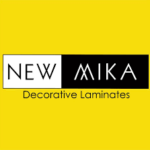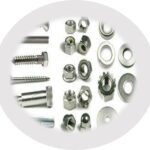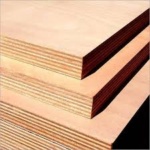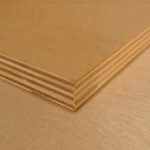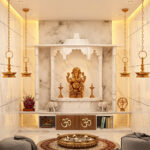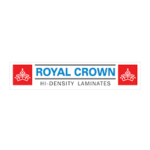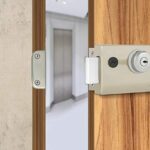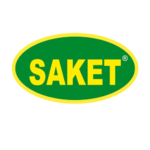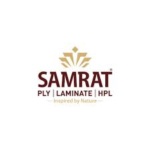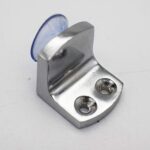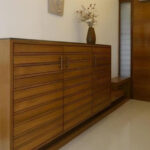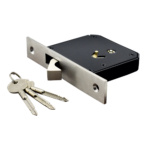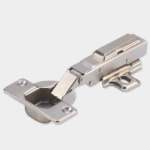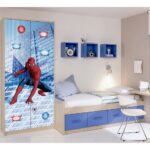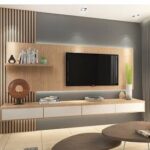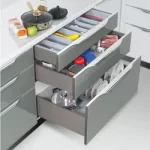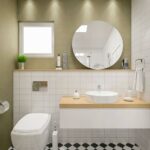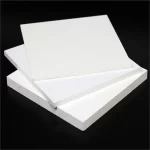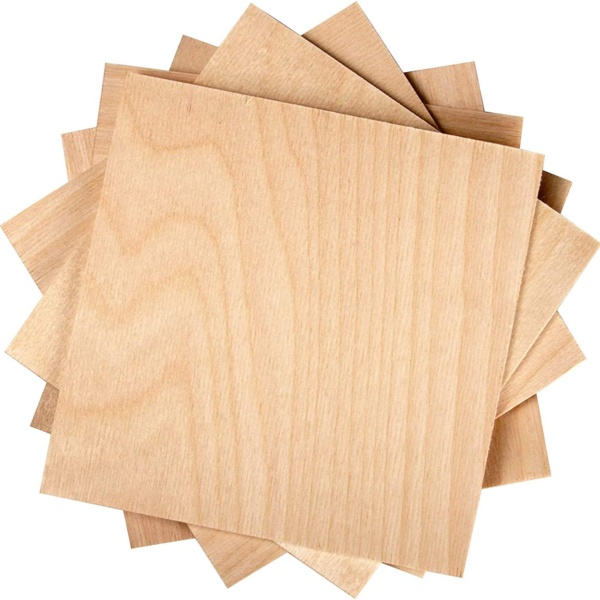Plywoods All construction endeavours are as good as their raw materials. If the backbone is of poor quality, the finished product will also be of poor quality. Hence, you must choose your raw materials after thorough research and close inspection. You could get scammed if you don’t know How To Check Plywood Quality. Even if you’re hiring contractors to do the job, it’s always advisable to stay in the loop. So keep reading to know what best quality plywood looks and feels like before buying plywood for your home or office. Read More
The Purpose of Use
There are different types of plywood for different purposes. There is MR i.e., Moisture resistant, BWR i.e., boiling water-resistant, and BWP i.e., boiling waterproof. Each of these has unique properties that are suitable for different locations. For example; the MR grade cannot be used in places that are exposed to water but BWR and BWP can be. BWP is also known as Marine Grade plywood because of its substantial ability to hold out upon water exposure. Sometimes homeowners are given Commercial Grade Plywood (MR) instead of Marine Grade. So make sure you have a proper understanding of what kind of plywood you need even before checking for the best quality plywood.
Thickness of the Ply
An important and easy metric that can help you understand how to check plywood quality and determine if you are buying the best quality plywood. The ideal thickness of quality plywood is generally 4mm to 25 mm. Before buying the plywood be sure to assess the thickness while also making sure that the thickness does not change across the plywood. A good way to check uniform thickness is to knock the wood in different areas and inspect the sound it produces. If the sound differs then the ply is probably of lower quality.
If you are wondering how to check plywood quality from external appearance, the answer is simple; feel the plywood for surface smoothness. The extent of smoothness is directly related to the calibration and smoothness of the material. Another way is to check the plywood from the side and see if there are some uneven lines or gaps which can indicate if it is the best quality plywood or not.
Always buy plywood with an Indian Standard Industry (ISI) certification. It is a standards-compliance mark for all industrial products in India. You can look for the following things to ensure the stamp itself is not fake.
- The MR and BWR grade should have the IS of 303.
- The BWP grade must have the IS of 701.
- There is also a seven-digit CM/L number on every ISI stamp. This number will give you access to the details of the manufacturer on the bureau of Indian standards (BIS) website.
Besides ISI you can also look for FSC (Forest Stewardship Council) and CVI (Conformance Verification International) certifications to make sure the products are eco friendly.
Touch Test
Last but not least, is the touch test. If you’re not purchasing the product online and are going to the store to buy it, do a full physical examination of the plywood. Some of the ways how to check plywood quality are as follows –
- Check the surface for bumps, make sure it’s smooth
- Ask for a vernier calliper to check if it’s of even thickness on all sides
- Ask for a piece of ply to check the cross-section so you can make sure there is no overlapping or gapping
- Knock on different places of the ply to check if there are hollow spaces
- Make sure you purchase plywood that hasn’t undergone warping/bending

